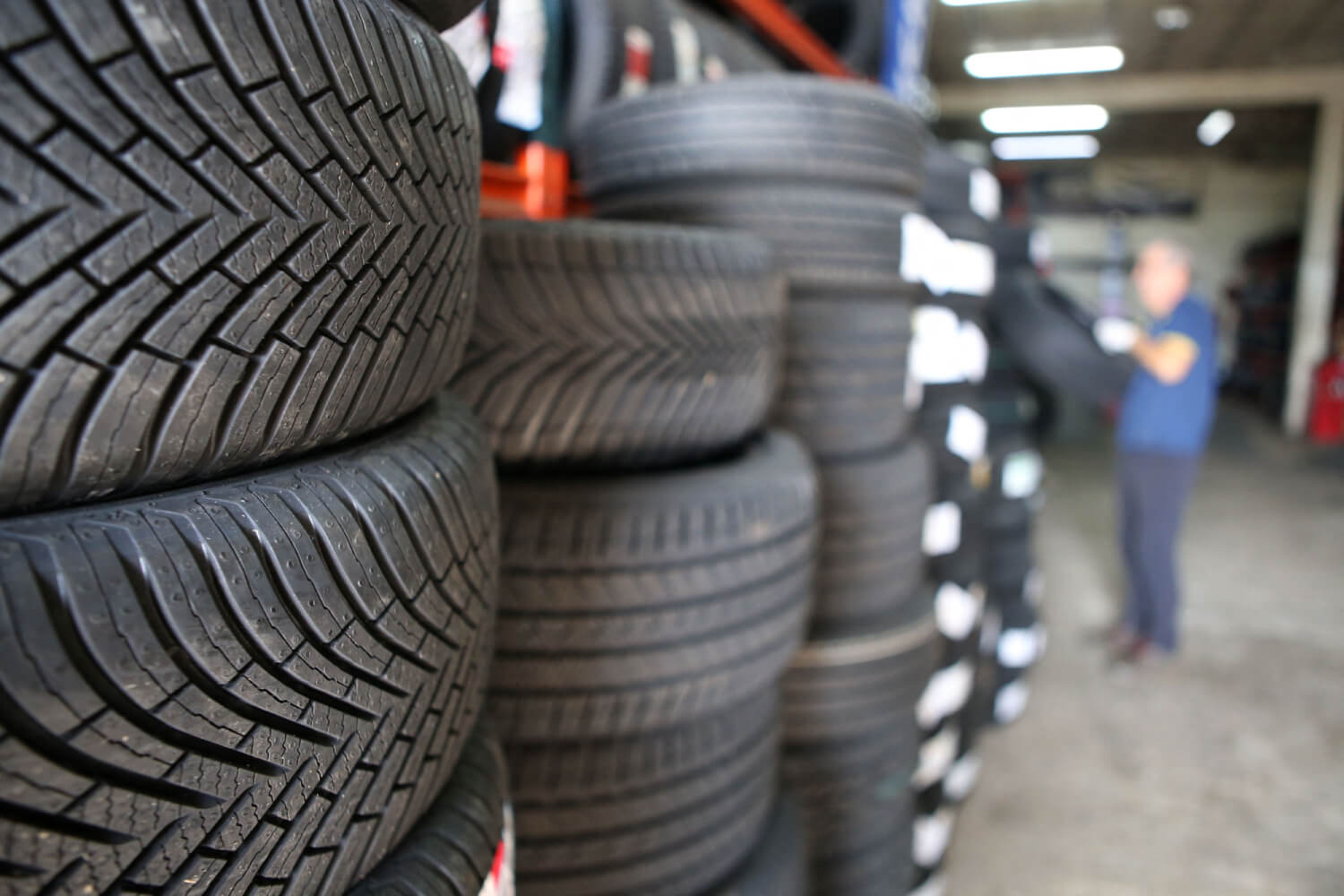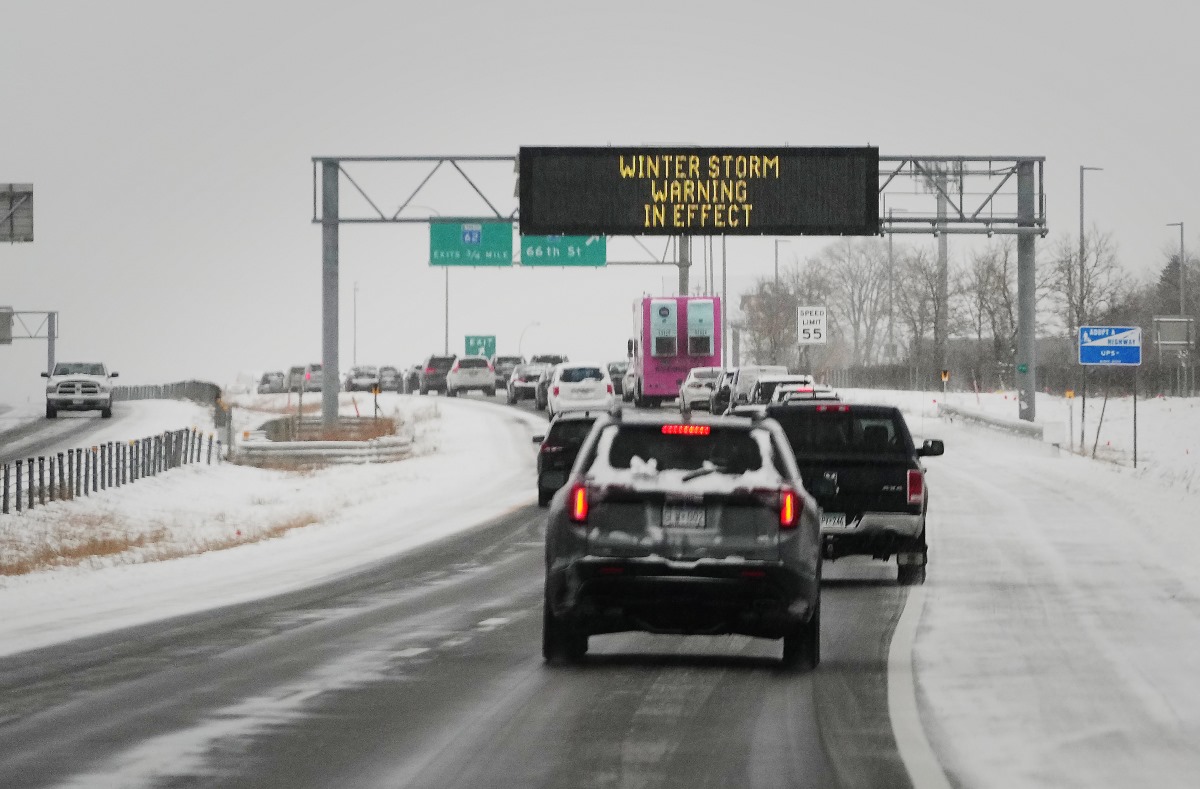
Can Car Tires Freeze in Extremely Cold Temperatures?
Cars are exposed to frigid temperatures during winter. Frosty conditions can affect car parts, including tires. Though tires are generally resilient, they’re not immune to cold weather’s effects. Let’s explore what tires are made of, how they’re constructed, and whether tires freeze in extremely cold temperatures.
Tire construction beneath the surface

They might look simple, but tires are complex pieces of engineering. These car parts are carefully designed to provide traction, handling, and safety in various conditions.
“Tires can include natural rubber, synthetic rubber, steel, nylon, silica (derived from sand), polyester, carbon black, and petroleum,” Bridgestone explains.
They’re typically constructed in the following layers, each serving a distinct purpose:
- Inner liner: The innermost layer of the tire is made of synthetic rubber and helps maintain air pressure.
- Body ply: Multiple layers of fabric (usually polyester or steel) provide strength and stability.
- Belts: Steel belts reinforce the tire’s structure and improve durability and performance.
- Tread: This outer layer comprises a special rubber compound designed to grip the road surface and provide traction.
How do freezing temperatures affect rubber tires?

Rubber, the primary material used in tires, doesn’t freeze solid like water. However, extremely low temperatures still affect tires. They could lose elasticity and flexibility, undergoing changes such as increased brittleness. That could lead to cracking or damage to the tire’s sidewall and tread.
In addition, tires lose pressure more rapidly in colder weather. That could lead to decreased traction and handling performance.
To address these concerns, regions with harsh winters often recommend snow tires. They have a different rubber compound that maintains flexibility in cold temperatures, enhancing grip and handling.
Also, some drivers use tire chains to improve traction on icy roads.
What other car parts do cold temperatures affect?
Cold weather can affect other car parts besides tires:
- Battery: Freezing temperatures can reduce a battery’s capacity and make it harder to start your car. Ensuring your battery is in good condition and adequately charged during the winter is essential. You might even want to consider a battery warmer.
- Engine oil: Cold weather can cause engine oil to thicken, making it less effective at lubricating engine parts. Using the correct oil viscosity for cold weather is crucial.
- Transmission fluid: Transmission fluid can also thicken in the cold. Using the recommended fluid for winter conditions can help maintain smooth transmission operation.
- Brakes: Cold temperatures can make brakes less responsive. Check your brakes regularly to ensure they function correctly.
Navigating winter’s impact on your vehicle

As winter descends and temperatures plummet, be aware of how cold weather can affect your car. Though rubber tires don’t freeze solid, they undergo changes that can affect performance. Cold-induced brittleness, tire pressure loss, and reduced flexibility are challenges to overcome. Consider winter tires or tire chains to combat these issues. And remember, the extremely cold temperatures can also affect other car components, including the battery, oil, transmission fluid, and brakes.






